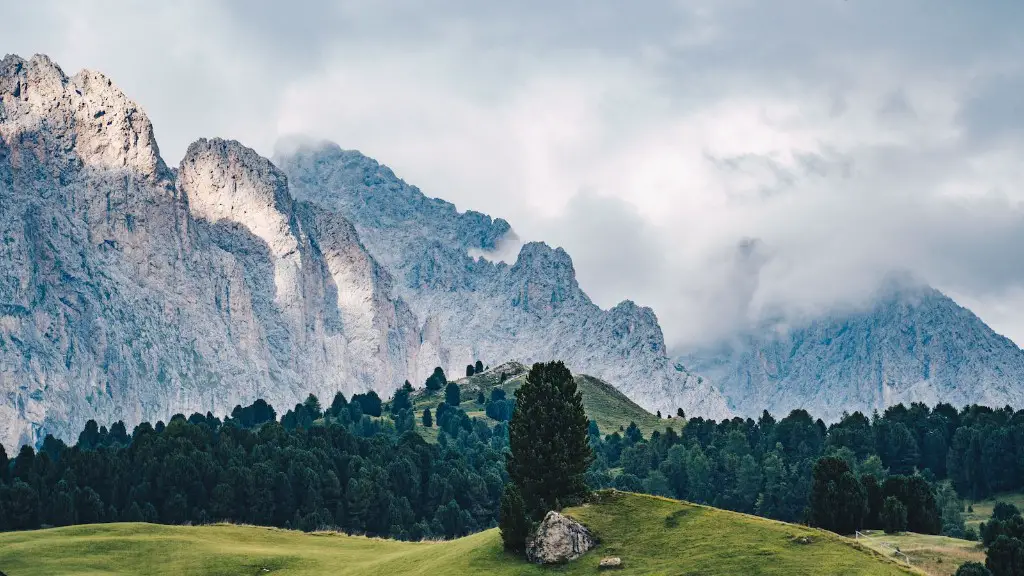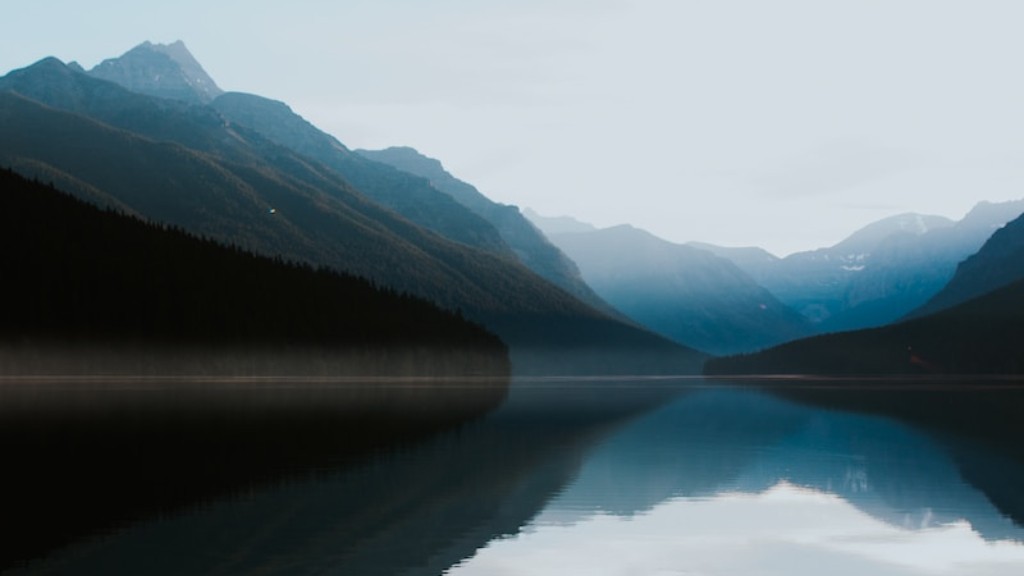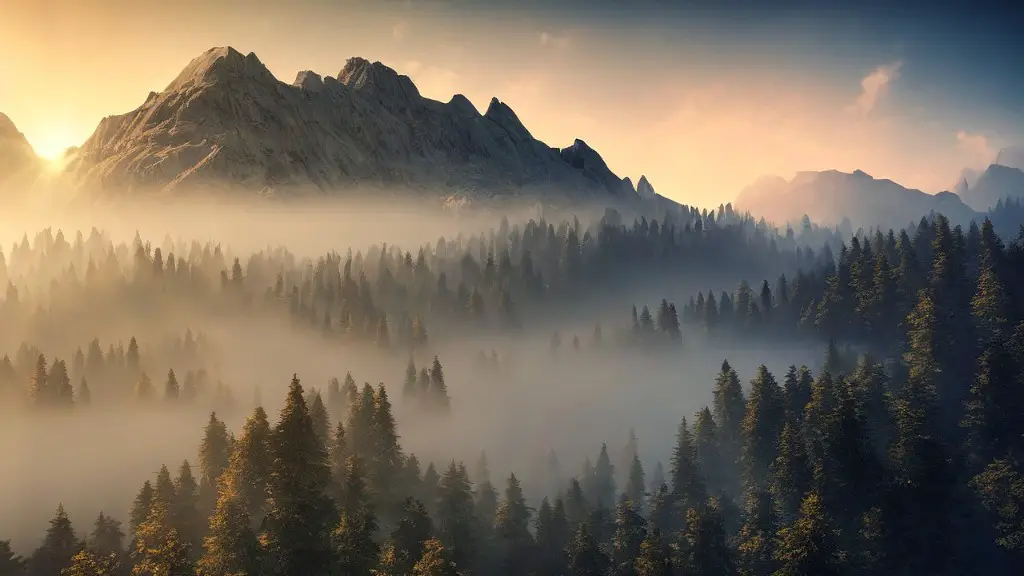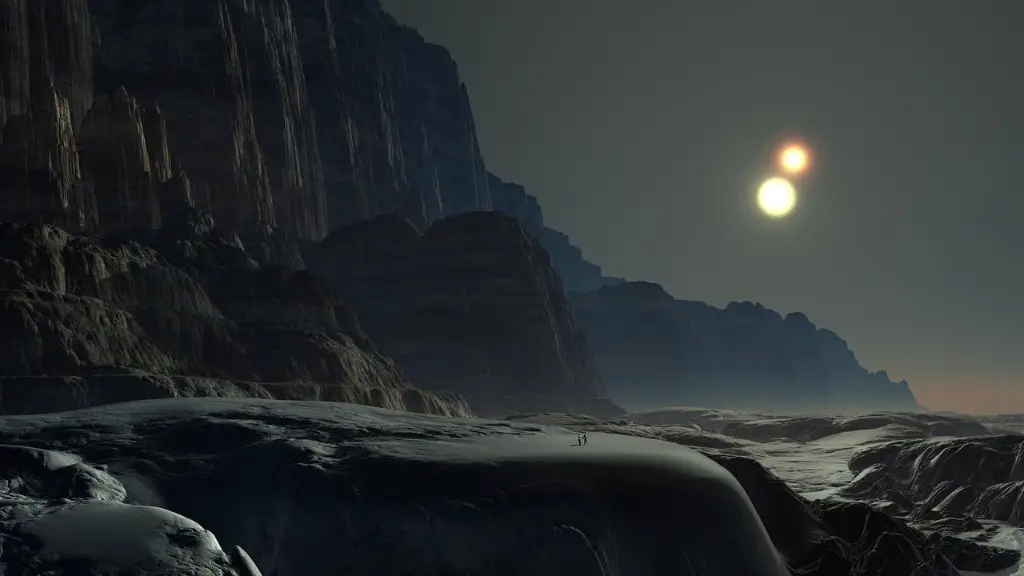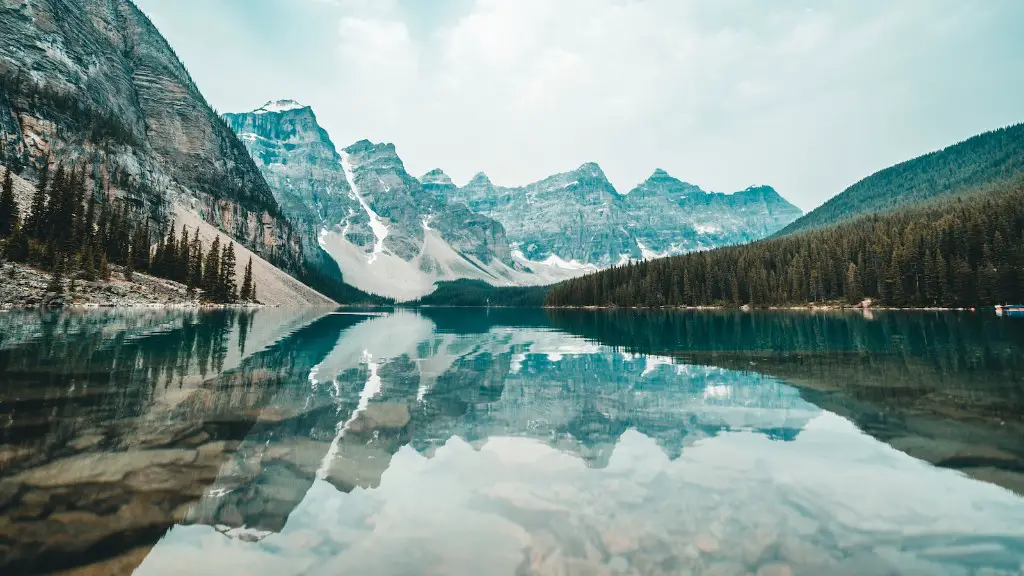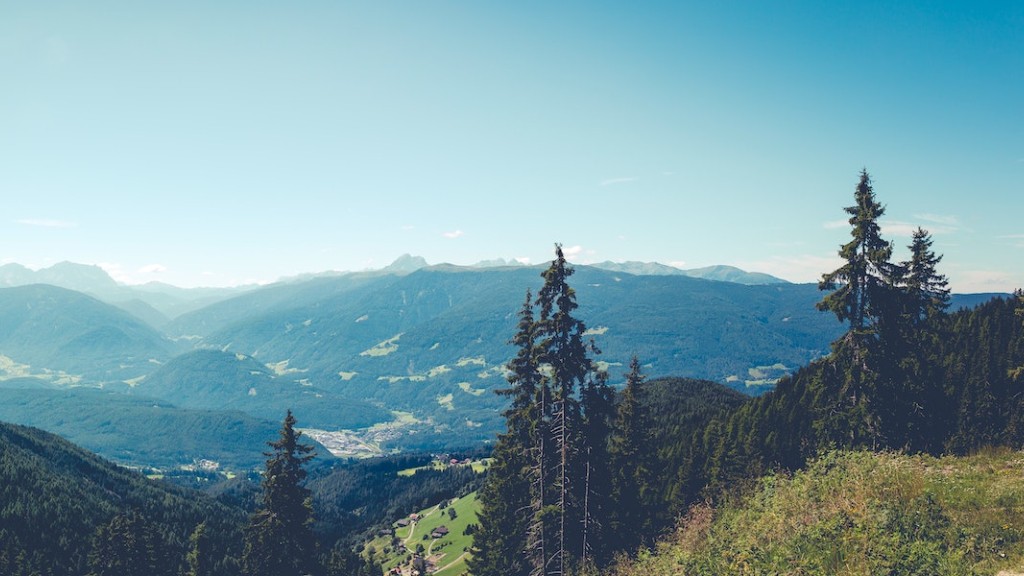Mount Kilimanjaro is the highest mountain in Africa, and one of the Seven Summits. The elevation of Mount Kilimanjaro is 5895 metres (19,341 ft), making it the tallest mountain in the world that can be climbed without supplemental oxygen.
The elevation of Mount Kilimanjaro is 5895 meters, or 19,341 feet.
Is Mt Kilimanjaro hard to climb?
Climbing Mount Kilimanjaro is a fair difficult mountain to climb. With more than 50% of the climbers suffering from mountain sickness, Kilimanjaro is an extreme altitude mountain trek. Measuring 19,341 feet, or 5,895 meters, you will need to prepare well and train before attempting to climb Kili.
It is important to note that it takes five to nine days to reach the summit of Mount Kilimanjaro and then descend to the finishing point. The more days spent on Mount Kilimanjaro, the more likely you are to successfully summit, as you will become more acclimatised to the altitude and will be less fatigued.
Is Kilimanjaro in the death zone
While the risk of death is always present when climbing a mountain, it is important to remember that Mount Kilimanjaro is still a relatively safe mountain to climb. Out of the approximately 30,000 people who attempt to summit the mountain each year, only a small percentage of them actually die while doing so. So while the risk is always there, it is still relatively low.
The Kilimanjaro Lemosho Route is a popular choice for adventurers looking to summit Mount Kilimanjaro. Overall, hikers can expect to walk an average of 10 kilometres (62 miles) per day and gain an average of 630 metres (2,070 feet) of elevation per day during the ascent. After crossing the Shira Plateau, the route follows the same course as the Machame Route after the third day, meaning it gets a lot more crowded.
How much does it cost to climb Kilimanjaro?
The average cost to climb Kilimanjaro is $2000 to $6000. The price varies depending on the company you book with, with budget operators typically being cheaper than large Western travel agents. There are various, unavoidable fixed costs to any tour operator, so if a climb seems too cheap, it’s worth asking yourself why. Make sure you do your research before booking to ensure you get a good deal.
Kilimanjaro’s altitude can be a significant challenge for climbers, but supplemental oxygen is not necessary to reach the summit. The key is to use the acclimatization method of slowly walking “pole pole” and sleeping at lower altitudes to adjust to the altitude.
Can a beginner climb Kilimanjaro?
Yes, beginners can climb Kilimanjaro, but they should be aware of the conditions, seasonal climates, costs, and requirements to prepare themselves for this challenge.
The full day is 12 – 14 hours of trekking and covers 112 miles/ 181km 1,245m/ 4,084 feet up the mountain from Barafu or 1,095m/ 3,592 feet up from Kosovo Camp to the summit You then have 2,795m/ 9,169 feet down hill all in the same day.
What’s harder Kilimanjaro or Everest Base Camp
Everest Base Camp is often thought of as being more difficult than Uhuru Peak, but this is not the case. Uhuru Peak is actually half a kilometer higher than Everest Base Camp, making it a more difficult climb. While both climbs are challenging, Uhuru Peak is the more difficult of the two.
Kilimanjaro is home to a variety of magnificent animals, including the colobus monkey, serval cat, aardvark, tree hyrax, duiker, white-tailed mongoose, marsh mongoose, and white-necked raven. These creatures are all part of the rich biodiversity of Tanzania and contribute to the unique ecosystem of Kilimanjaro.
How many deaths has Mount Kilimanjaro caused?
Around 3-10 people on average die on the slopes of Mount Kilimanjaro every year. This is due to the extreme conditions on the mountain, including altitude sickness, exhaustion, and exposure.
There are indeed snakes in the cloud forest of Kilimanjaro, but do not fear! Sightings are extremely few and far between. This is because snakes are highly sensitive to movement, and groups of enthusiastic climbers hiking the trails scare them away. So if you do happen to see a snake while on your Kilimanjaro adventure, just enjoy the sighting from a distance and know that you’re safe!
Can Kilimanjaro be climbed in a day
It generally takes most climbers at least five days to summit Mount Kilimanjaro. However, we recommend giving yourself a minimum of six days, and ideally seven or eight days, to increase your chances of success. For those with more time to spare, there are several more gradual and scenic ascent routes that can be done over 10 or more days.
If you’re looking to summit Mount Kilimanjaro, you should know that your success rate will largely depend on the length of your climb. Overall, summit rates fall somewhere between 45% and 65%. But if you try to do Kilimanjaro on an itinerary that’s shorter than a week, your success rate plummets. So if you’re serious about summiting, make sure you give yourself enough time.
What is the oxygen level at the top of Mount Kilimanjaro?
The summit of Kilimanjaro is the highest point on the mountain, and as such, has the lowest amount of oxygen available. Despite this, your body is still able to function relatively well thanks to the process of acclimatization. The percentage of blood oxygen saturation and your heart rate are two indicators of how well your body is doing in adapting to the altitude.
No climbing skills are necessary for the hike up Kilimanjaro, but you should be in good shape and have experience with aerobic exercise and hill-walking. If you’re not currently very fit, it may take a few months of training to get to a good level so that you can enjoy the hike.
Final Words
The elevation of Mount Kilimanjaro is 5,895 meters (19,341 feet).
The elevation of Mount Kilimanjaro is 19,341 feet.
